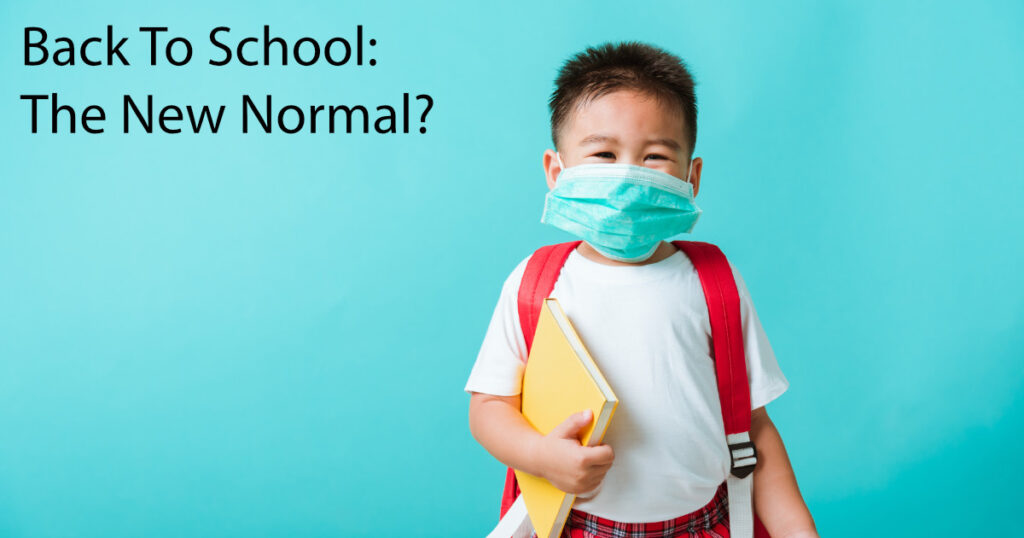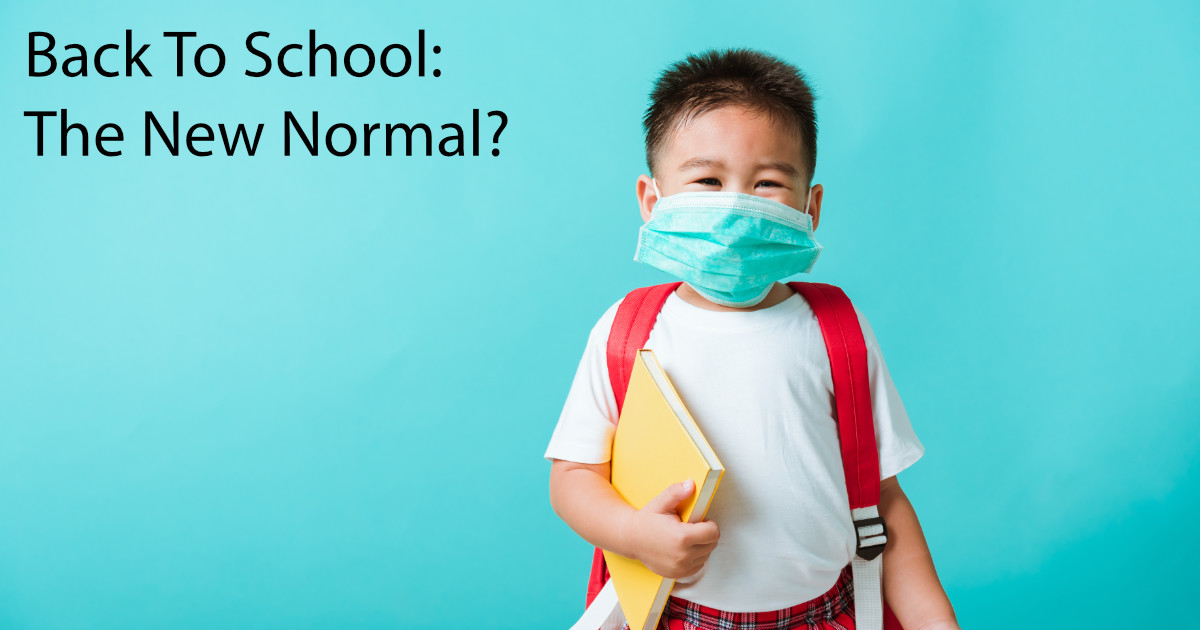
Everyone with any connection to students is trying to decide whether to go back to school, or not.
There is no “one right answer,” but here are some of the factors to consider.
Things you can’t control:
- What do we know about how the virus affects children? The latest research indicates that many children are asymptomatic carriers. That means that while they either don’t get the virus or get is at such a low level that it is not apparent that they are sick, they can give it to others quite freely including everyone they live with as well as their teachers. The younger the child, the more likely the child is to be asymptomatic. However, some children do get the illness, and if they do can become quite ill. One study found that children between 11 and 20 were half as likely as adults to catch the virus, and then were likely to have milder cases. Children have died of the virus, but those cases are rare and almost always happen in individuals with preexisting health issues. Don’t forget, children have died of the seasonal flu as well and school closures for the flu are rare.
- The second consideration is your own community. How widely spread is the virus where you live? If you’re in a “hot spot,” are people actively changing their behaviors to reduce the spread of the virus by always wearing masks in public and by social distancing? Schools that have reopened successfully are in areas where the virus is somewhat under control. Areas where everyone understands that it takes cooperation and coordination of effort to control this pandemic are more likely to be areas where schools can open successfully. If people around you are whining that they should be allowed to behave as they like, the virus is much more likely to be in wide-spread circulation.
- What are the plans of your school system? Is it simply going to be school as normal with masks? There are lots of pictures appearing on social media of children who are back in school and who are not wearing their masks. Young adolescents are likely to suffer from the “personal fable,” which is the belief that they are special and that bad things will not happen to them. You’ve seen the results of this belief in horrendous car accidents due to speeding and/or drug and alcohol use. If your school is planning on a hybrid system, some children going to school on some days and some on alternate days, what are the plans for the days your children are home? If your child rides the school bus, what are the plans to help keep children apart on the bus? Will there be supervision to maintain the distance?
Things you can control
- Your child should be your first thought, especially if your child has health conditions involving the immune system or lungs. How well did your child do when school was online earlier this year? Some children do well in this environment, but most need the direction and supervision of a teacher. The younger your child is, the more likely your child will benefit from f2f education (f2f stands for face-to-face). A close friend who has been running online graduate education classes for years says that even with motivated and highly skilled students, online education does not do as well as f2f. One result of the pandemic is the realization that online education is not a viable way for most children to learn.
- If your child stays home, how able are you to provide some form of support or assistance? If you continue to work from home, you’ll be there, but will your schedule allow you to do the supervision necessary for a child to successfully negotiate online education? About this time, many parents are beginning to understand that teaching is a highly skilled profession, and that no teachers are compensated enough for what they do. Can you arrange for an educational “pod” in which your child joins a few other children under the supervision of a parent or a teacher to provide a structured, home-based educational experience using the material from the child’s school?
Some countries have reduced the infection to the point where children can safely go back to school. These are the same countries where 95%+ of the population wears masks regularly when they are in public places and actually does socially distance. If you don’t live in one of those countries (I don’t), the problem is much more complicated.
I don’t have any answers for you. I’d suggest that you make a grid, with the problems down the side and various scenarios on how to school your child across the top. Check off which problems are met by a scenario and then your choice should be obvious. For example, if one of the problems is ‘my child bringing the virus home where my elderly parents also reside’ then only the staying-at-home option gets checked. If one of the problems is ‘online education does not meet my child’s learning needs’, then you check the options of f2f or hybrid education plans.
In the end, it’s going to be an emotional decision, but it will be better if you take the time to go through all your options. Then you will be able to defend your decision and know that you have done the best for your child. This decision is a hard one to make, but please make it for you, your family, and your child. Do not let others talk you into something with which you do not feel comfortable. It is going to be interesting in the years to come to see what effect this will have on our children.
By the way, successful schooling in the time of pandemic can be accomplished. I know of a boys’ day school in California that had 200 boys in summer school this summer. No one got sick, and as far as the school head knows, no family member came down with the virus as a result of infection brought home by the student. This is a private school, but the boys were so motivated to be back in school that they were willing to wear masks and socially distance. The teachers found the distancing a bit odd, but they managed.
